

Roman Polanski. Group portrait of photojournalists at the International Film Festival. In the center is Isabel Ascarate. Donostia / San Sebastian, 1988.
It is a way to look, to see the world. She did this through the camera, trying to convey through it feelings, inner peace, beauty and wildness. In short, life is shown in light and colors, in black and white. A street, an institution, and a place where violence has ravaged their land and many others for decades. Isabel Ascarate She knew that her life was an exception, that she lived in a man’s world in which the woman’s view of reality, which she could provide, was of exceptional value to her. She was born in 1950 in San Sebastian and was the first female photojournalist in the Basque Country. Today, at 73, the legacy of a lifetime behind the shutter is accumulated in the 175,000 images, negatives, slides, publications and cameras that he donated to the Kutch Foundation.
This is an overview of his life and the lives of many Basques and citizens of the places he visited over the past four decades. Part of this treasure of images and impressions, donated by Kutxa Fundazioa, will be shown from this Saturday until February 25 at Tabacalera, an exhibition center in the capital of Guipuzcoa. Exhibition entitled Isabel Ascaratebrings together 300 photographs, many of them unpublished, taken between 1978 and 2006, as well as two videos featuring a further 155 images.
This will not be the only exhibition dedicated to the Basque photojournalist. On January 26 next year, the San Telmo Museum in San Sebastian will open the exhibition “Arte y parte”, consisting of three series of photographs related to the world of art. These are portraits of artists in their studios, depictions of works of art, or a series of busts of African Americans and Americans that were kept in the Museum of Natural History in New York and depicted her. In addition to all this, a book dedicated to Azkarat will be published, which shows two hundred images of the author, many of which have never been published.
ETA, the “dirty war” and the industrial crisis
The exhibition, which opens to the public this Saturday, is divided into seven stages of his life. The first shows his first works after moving to Barcelona to study at the Barcelona International Center of Photography. It was during this time that he began to depict the different lifestyles he encountered on the streets. In the 80s, an important stage began in his life. Continuing her studies at the Visual Studies Workshop in Rochester, New York, she continued to develop as a street photographer. A city like New York provided the perfect incentive to explore different personalities of people through the camera. The vibrant nightlife of New York or the activity of the LGBTI community became a favorable environment for his photographs.

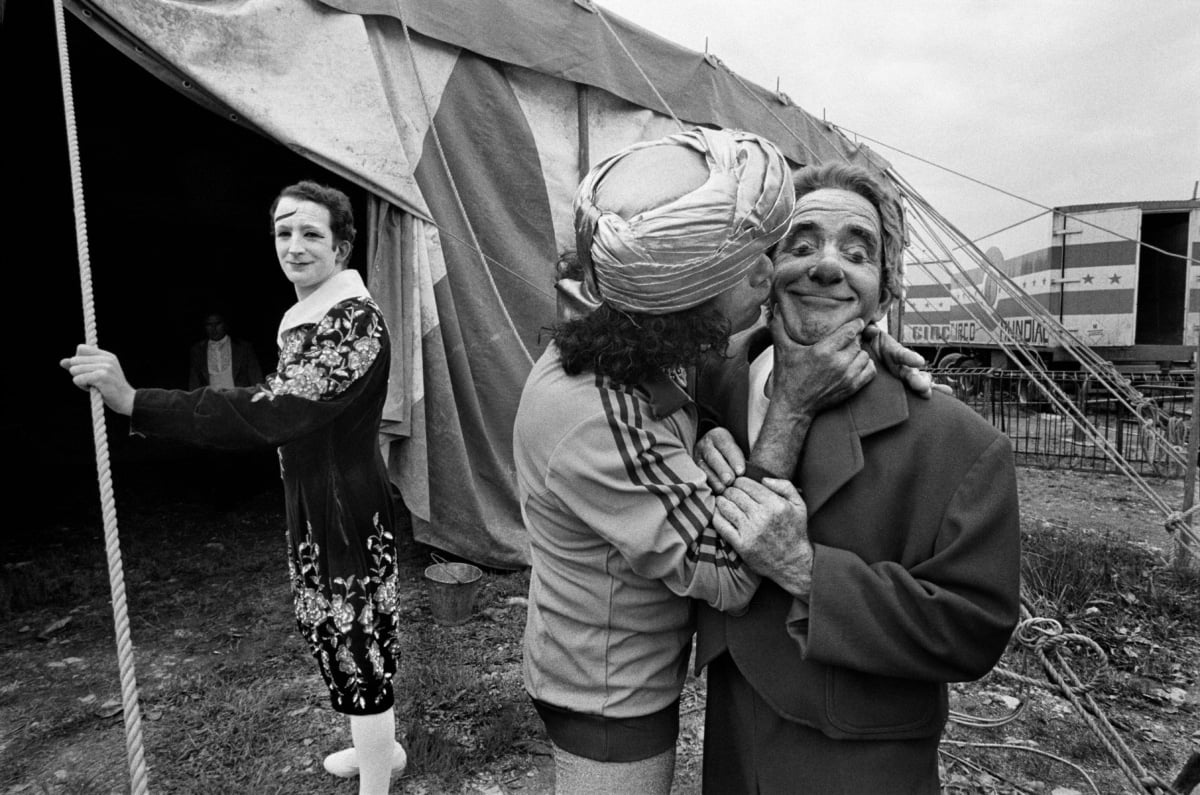
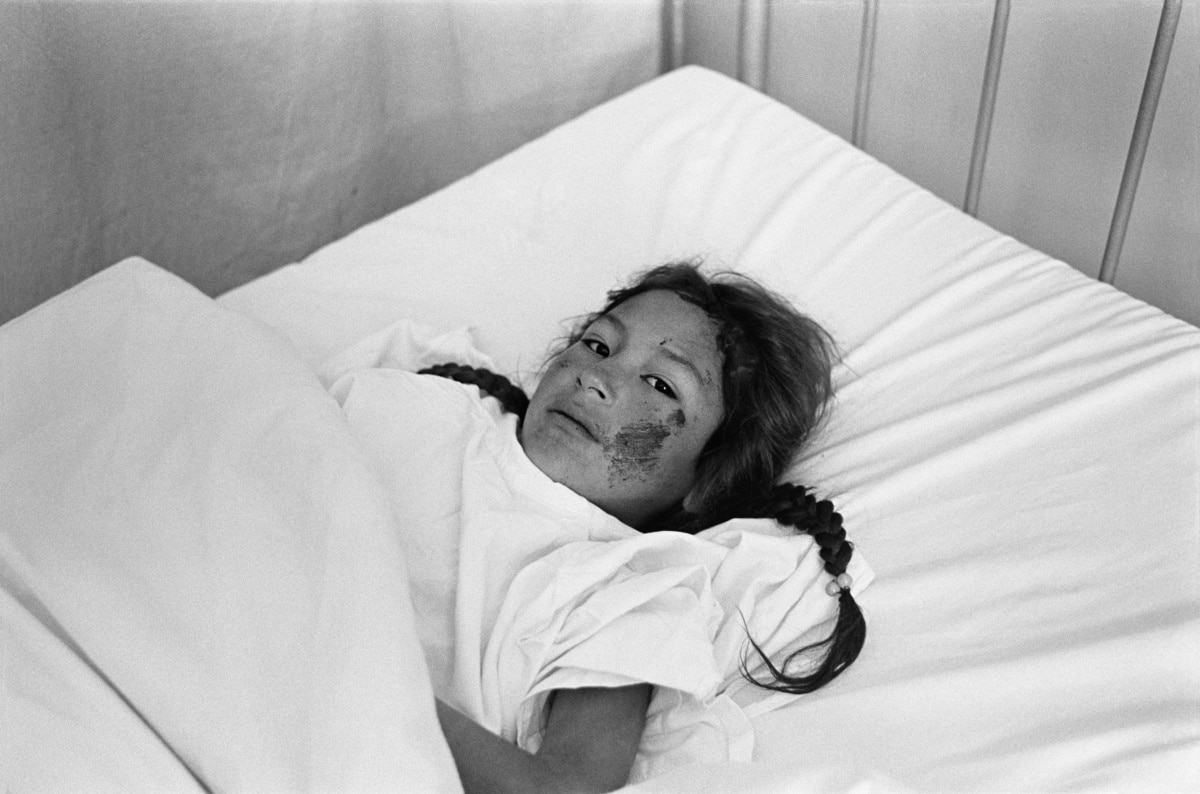
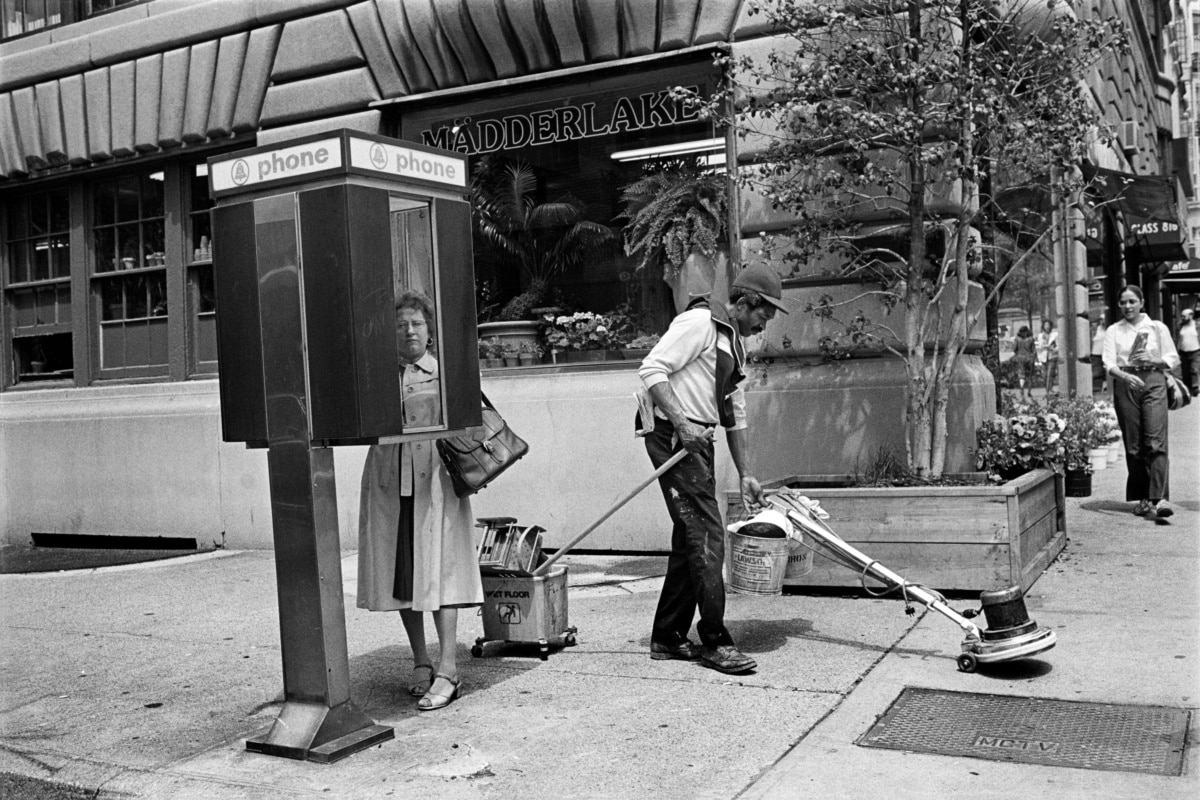
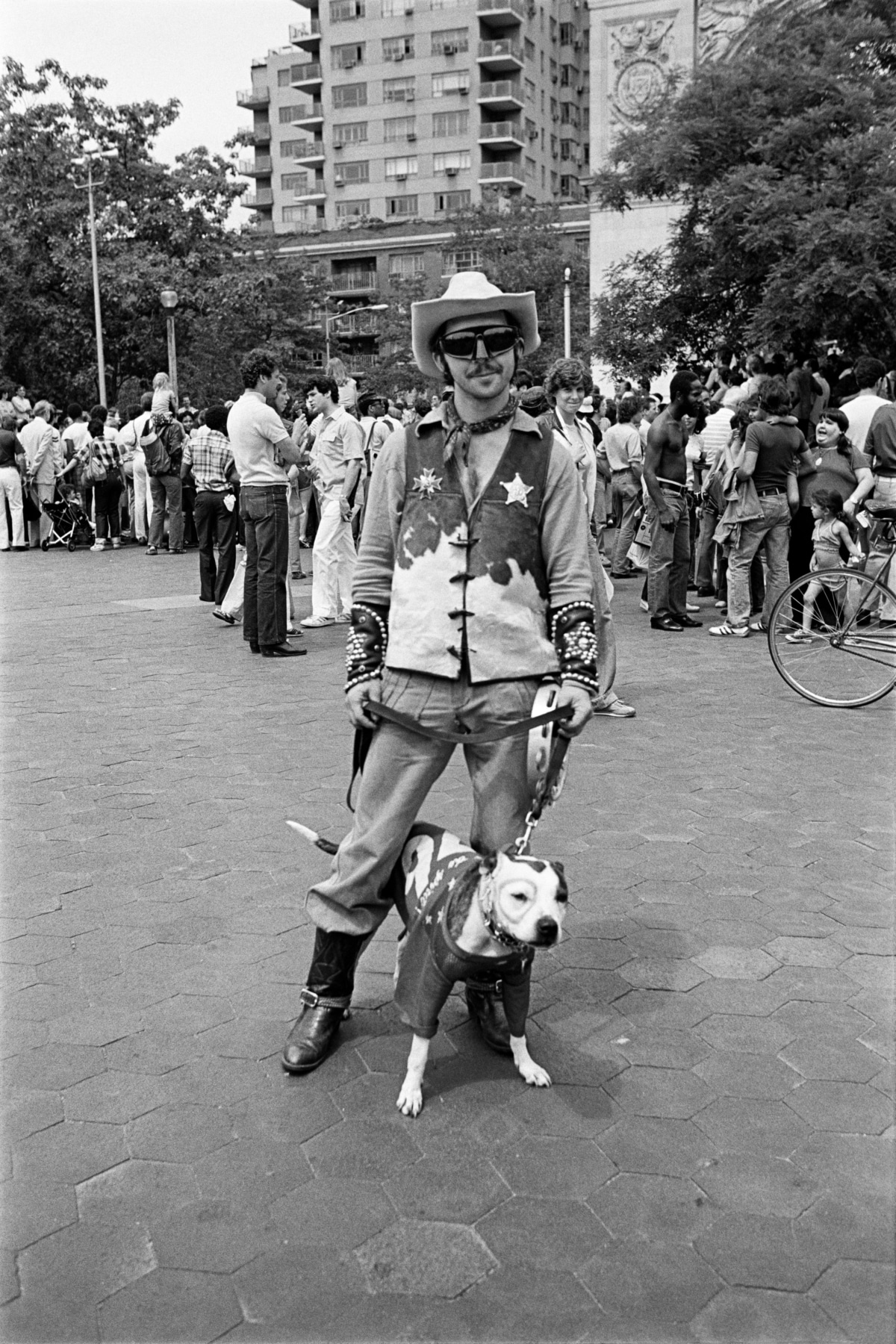
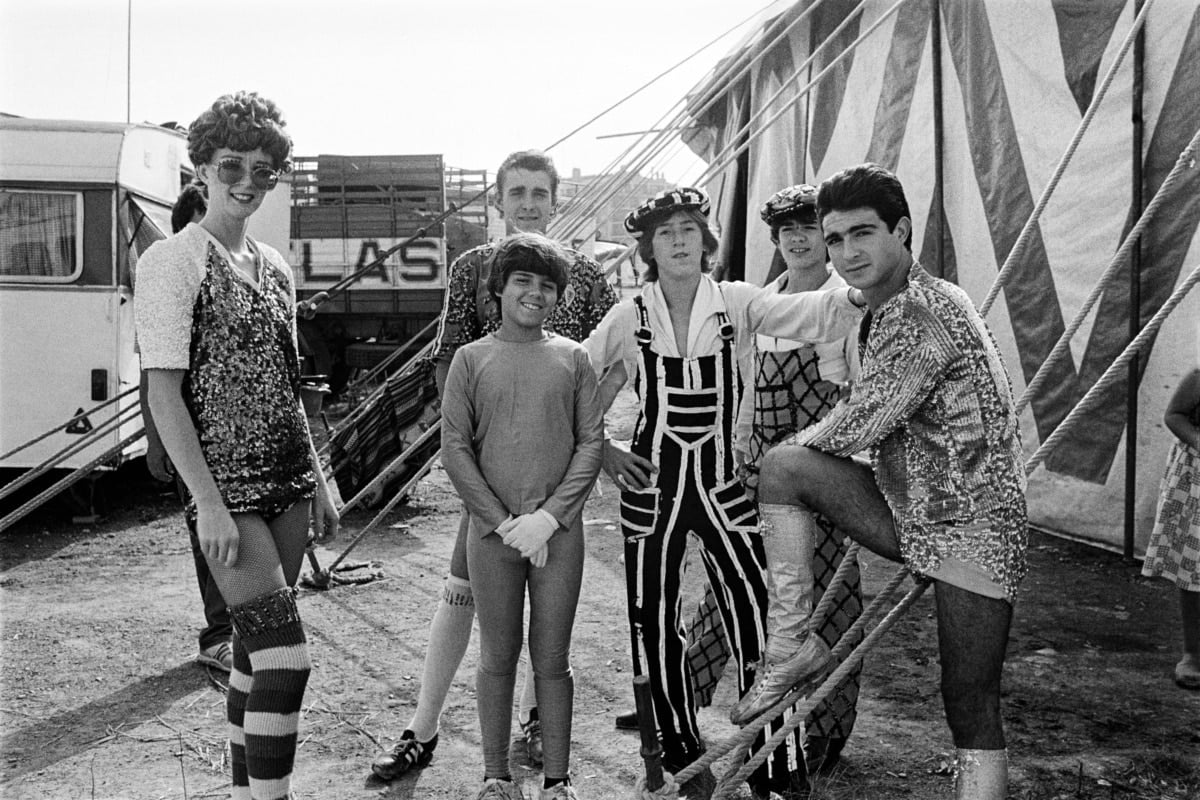
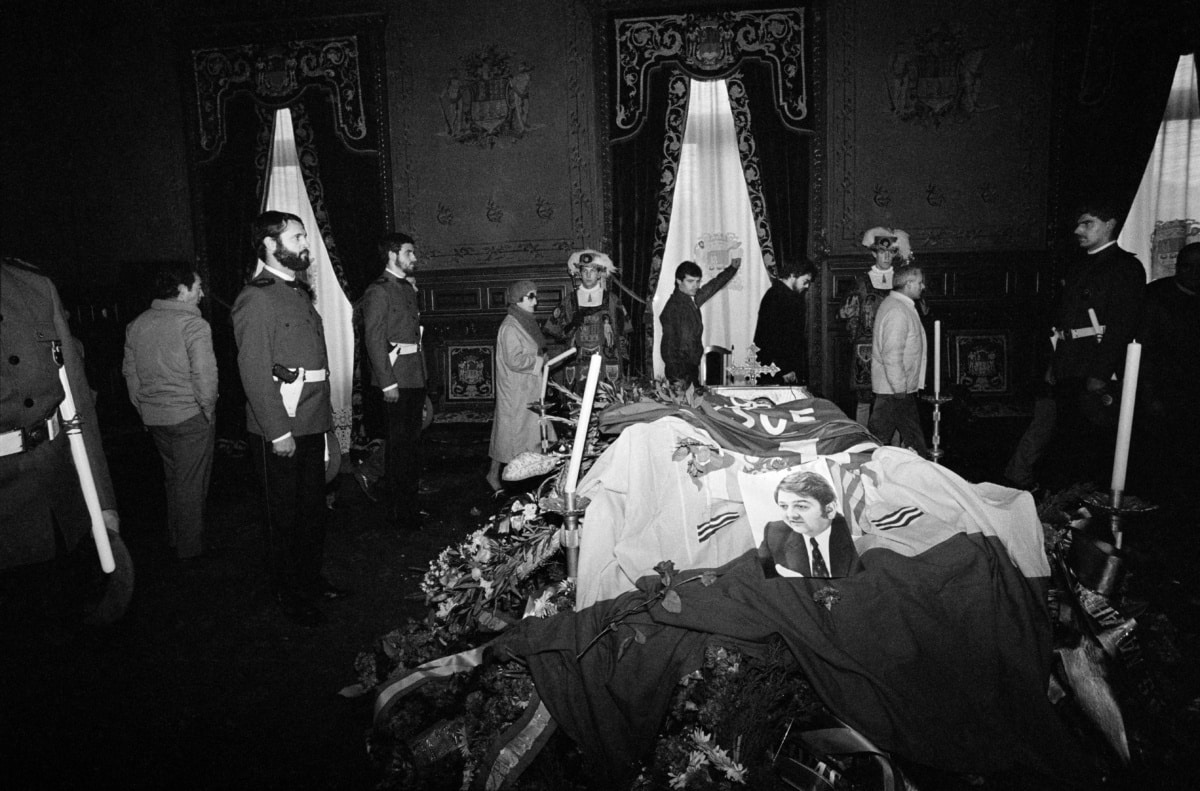
His North American period included photographs of the world of the circus, where he discovered a compelling universe that could be captured through images. Cars, characters in the spotlight became an element that he always wanted to capture.
Upon his return to Euskadi in 1981, he discovered that the society was in a state of complete economic and social crisis. In addition to the destruction of the industrial structure and the emergence of drugs, which have a very negative impact on Basque society, the brutal impact of ETA terrorism and the state’s “dirty war” to combat it was added. These were the years when he tried to reflect this troubled and troubled society with the help of his camera. In 1984, he traveled to Peru to portray the activities of another terrorist group, Sendero Luminoso.
Latest photos of Bette Davis
Officially, Azcarate was the official photographer of the Guipuzcoa Provincial Council between 1985 and 2009, a position that allowed her to attend some of the most important events in Guipuzcoa society. This position undoubtedly also helped her become the official photographer of the San Sebastian Film Festival for two decades. Among his most famous series is the series about film star Bette Davis, who, a few days before her death, traveled to the capital of Guipuzcoa to receive an award. These photographs will be the last ones taken by the actress.
The exhibition organizers present her as a “brave and honest” woman who knows how to satisfy her need for “constant search and self-affirmation” through photography. They note that their profession has in fact become “a way of being in the world” and the fulfillment of “a sincere desire to recognize the identity of others in order to be oneself.”
Source: El Independiente